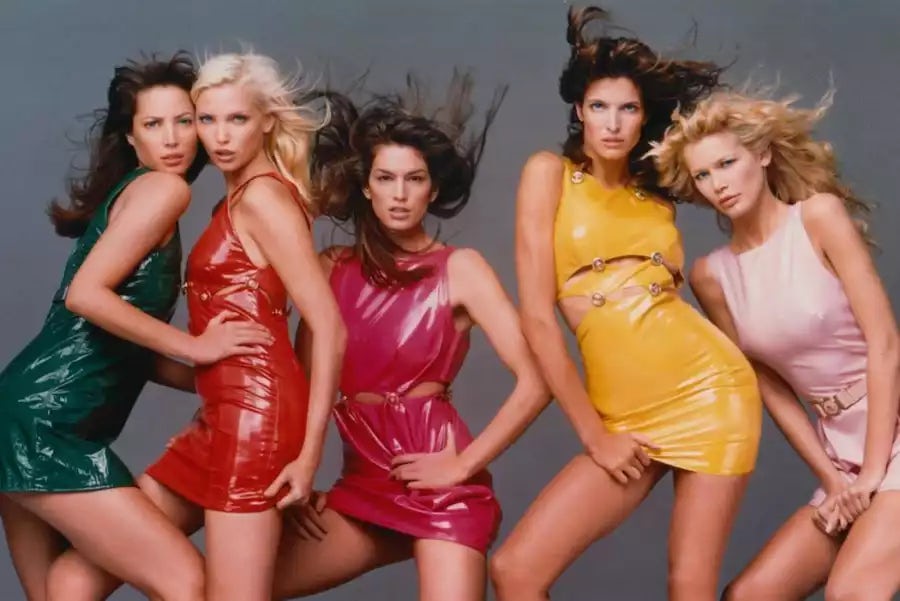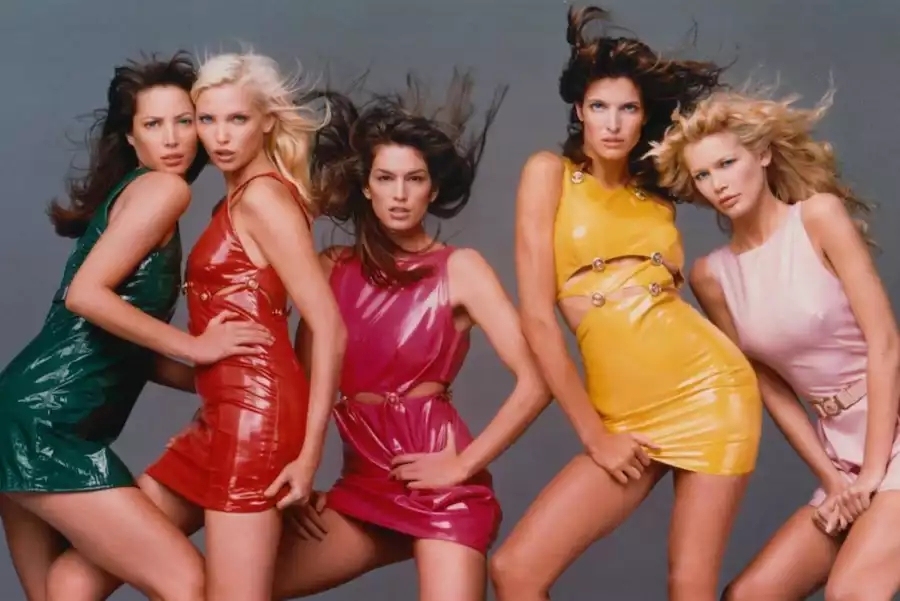When we think of the word ‘supermodel’, we think of the ‘it girls’ of the 1990s – Kate Moss, Naomi Campbell, Claudia Schiffer, Linda Evangelista, Christie Turlington … these larger-than-life names enveloped magazines and city billboards all over the world for decades.
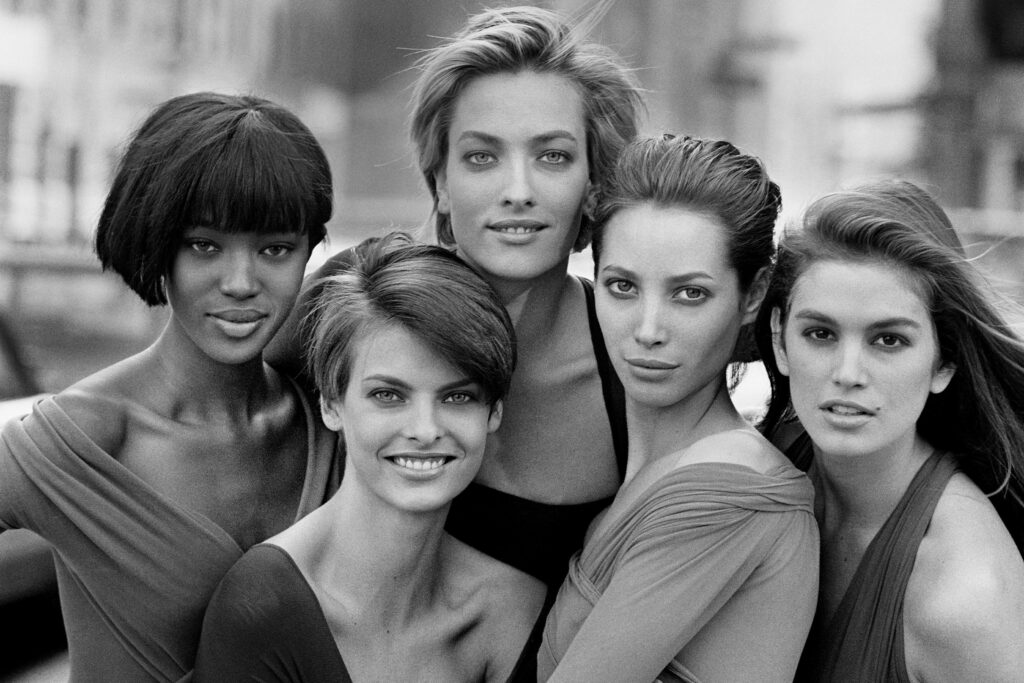
As their fame grew, their lives captured the popular imagination with fans desperate to get a peek behind the veil of glamorous mystery and intrigue that surrounded them. Stories filled fashion and gossip pages alike about their, latest celebrity love affairs, raucous party habits and luxurious lifestyles. There were revered and respected yet never judged – the true rockstars of fashion.
Despite this tremendous heritage to build on, today’s ‘supermodel’ has to operate in a very different world. Digital social channels have made them more accessible allowing fans to be privy to their day-to-day and for critics to make their voices heard much more publicly and directly. This has led to a change in standards for household names like Gigi Hadid, Karli Kloss and Kendall Jenner who have to be constantly mindful of their words, actions, and the ever-watching eye of a billion phone cameras.
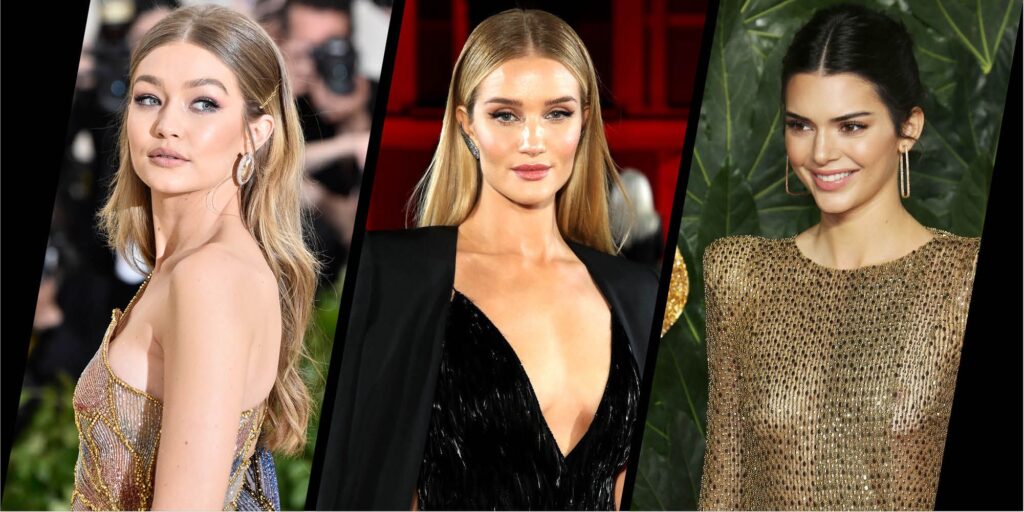
Whilst fame has certainly been democratised to some extent thanks to these digital developments, the resultant scrutiny is also no easy task to navigate. Hadid and Jenner would never be able to pull off the antics that their predecessors Moss and Campbell were famous for – they would be penalised with the loss of lucrative brand collaborations and opportunities. The same is true for their counterparts who have found fame on platforms like Instagram; the influencers.
The influencer is the child of the digital age – a spokesperson for brands that fully embodies a curated lifestyle, inviting in the fan for a 24-7 indulgence into their world. In many ways, the influencer’s willingness to lift the filter of privacy into their lives makes them the perfect spokesperson for brands – perhaps even an evolution beyond the traditional model. However, if the modern supermodel is judged more closely for their actions – the influencer is twice as vulnerable to criticism.
Many outspoken critics have taken the view that influencers are merely engaging in self-promotional vanity and have no place in the realm of the model. Purists argue that they are lazy, stupid, talentless, “famous for the sake of being famous” and a bane on the artistic nature of fashion. Nevertheless, the public has shown that they love the influencer’s less editorialised, less designer approach. The “real” nature of the content influencer’s produce resonates with real people. Furthermore – many influencers espouse a clean-living lifestyle, complete with self-love and an open approach to their lives; complete with their wins and their loses.
An influencer’s ‘brand’ is to share their lives with the world, and many choose to do this in a way that leaves little to the imagination to everyone; including their critics. Indeed, one can follow them as they share their innermost thoughts, their struggles and even the photos they have taken that weren’t quite so ‘perfect’ – stretch marks, spots, stomach rolls and all (something we would never see from the supermodels of the 90s). There is little to wonder about who these people truly are in real life and what they are like outside of any refined public exterior. So why are they villainized for their efforts?
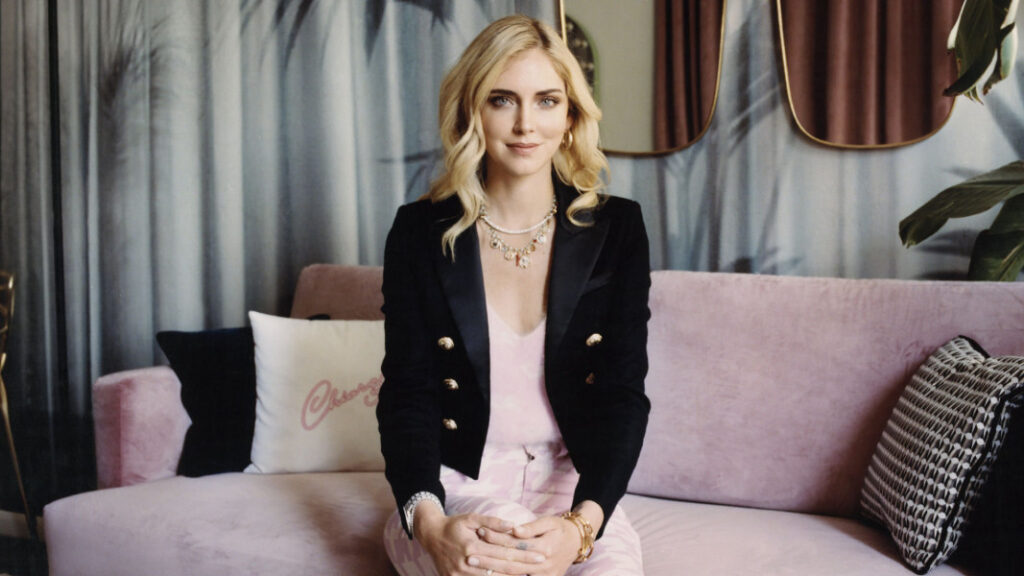
Perhaps the very nature of their openness is the reason for their vulnerability to harsh criticism. As a consequence of becoming famous for documenting their lifestyle, influencers show the world that fame in itself is attainable to an ‘average person’ – presumably prompting those that resent this freedom to lash out against them. By removing the veil of mystery that shrouded the 90’s supermodel, they are vulnerable where the faces of the 90’s were not.
It a strange contradiction to compare the ‘faces’ of today and those of yesterday. Supermodels of a different era were synonymous with a lifestyle of sex, drugs and rock and roll, and were not demonised for their indulgent pastimes yet the clean-living model influencer is attacked for merely capturing their fan’s attention.
Regardless of the shifting dynamic in public perception and the ever present critics – brands seem to love engaging with influencers. From micro (under 20k followers) to macro (500k followers and above) influencers – brands have cottoned on to the fact that direct consumer engagement creates meaningful narratives with the end buyer. The future is no longer owned by the mysterious supermodel that graced the pages of Vogue but rather, the person next door that truly embodies and lives the brand.

